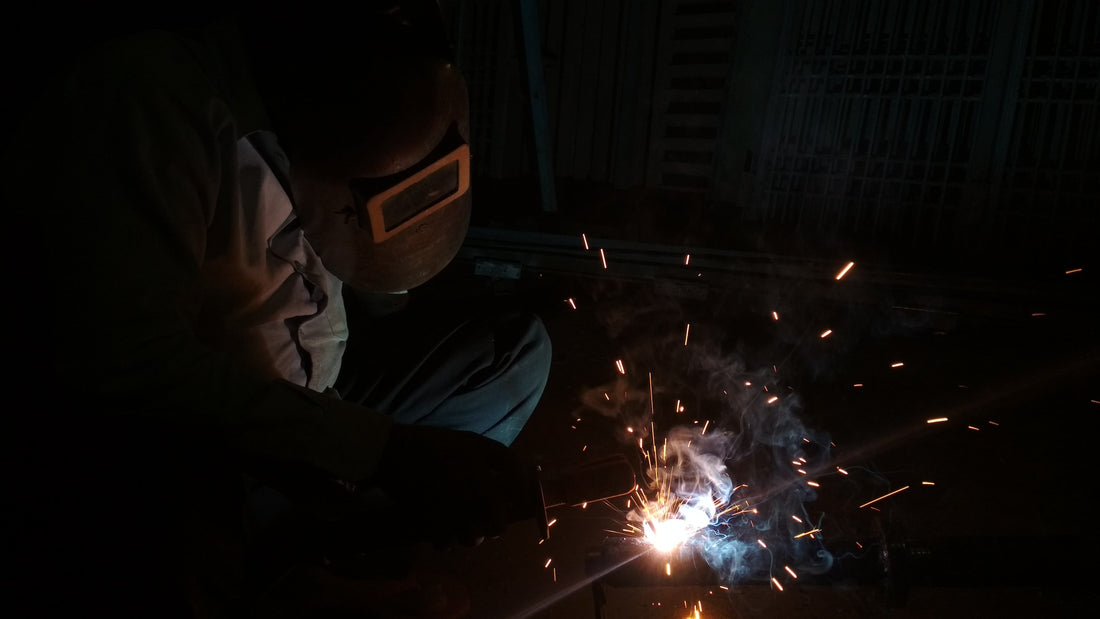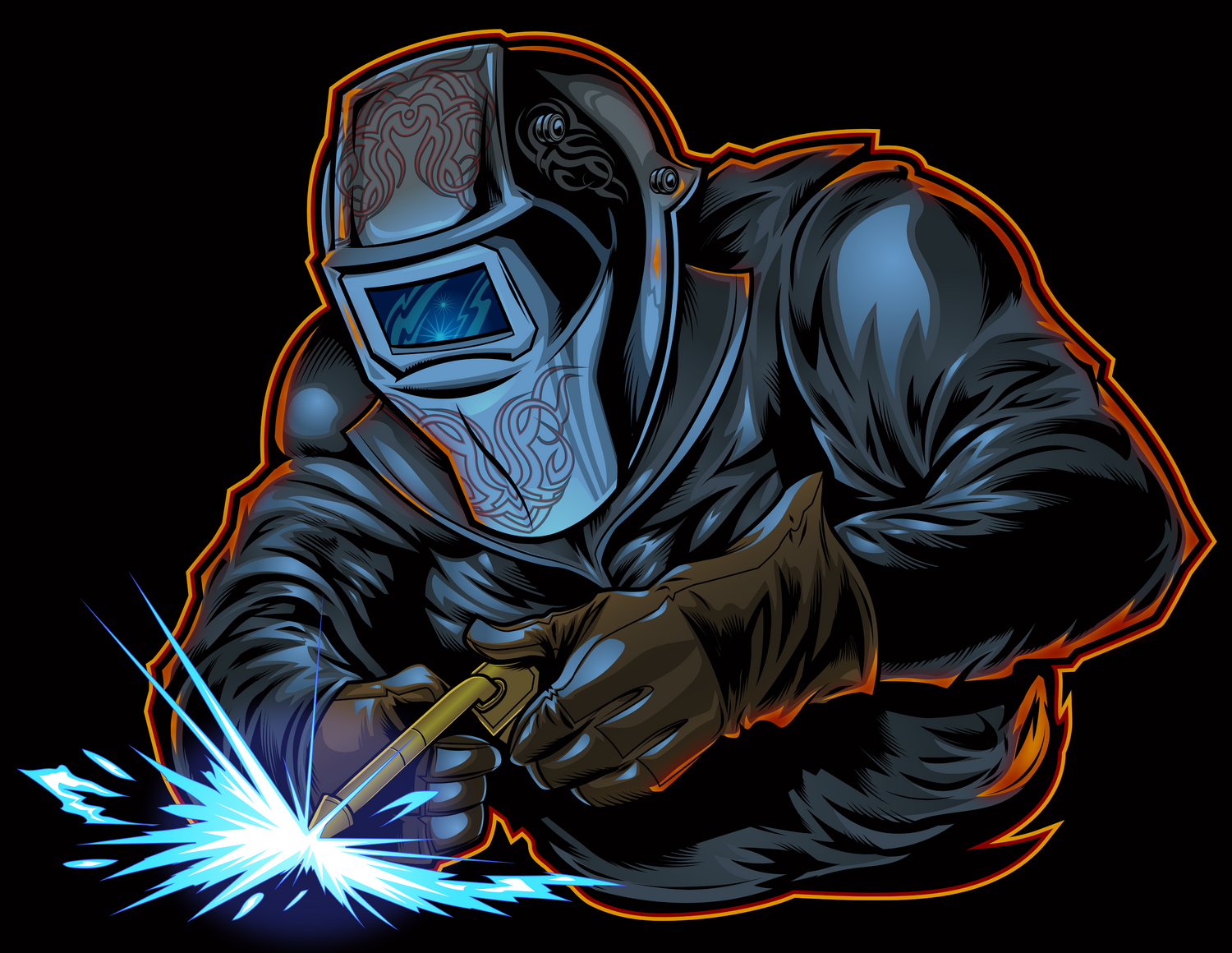
MIG Welding - Process and Applications
Metal Inert Gas (MIG) welding, also known as Gas Metal Arc Welding (GMAW), is a popular and versatile welding process used in various industries for joining metal components. MIG welding involves the use of a continuous consumable electrode wire, which is fed through a welding gun, along with a shielding gas, to create an electric arc that melts the base metal and forms a weld. MIG welding is known for its high productivity, ease of use, and suitability for a wide range of materials and applications.
Process of MIG Welding:
The process of MIG welding involves several key components and steps:
- Power Source: A welding power source, typically a constant voltage (CV) DC welding machine, is used to provide the electrical energy required for creating the arc and melting the base metal.
- Electrode Wire: MIG welding uses a continuous consumable electrode wire, typically made of mild steel, stainless steel, or aluminium, which is fed through a welding gun. The diameter and type of electrode wire depend on the material being welded, the welding position, and the desired weld properties.
- Shielding Gas: A shielding gas is used to protect the weld from atmospheric contamination during the welding process. Common shielding gases used in MIG welding are argon, carbon dioxide, or a mixture of both, depending on the material being welded and the desired weld characteristics.
- Welding Gun: The welding gun is held by the welder and serves as the tool for delivering the electrode wire and shielding gas to the weld joint. The welder controls the welding process by manipulating the position of the welding gun and adjusting the welding parameters, such as voltage, current, and wire feed speed, to achieve the desired weld quality.
- Weld Pool and Solidification: The electric arc generated between the electrode wire and the base metal melts the base metal, forming a molten weld pool. As the weld pool cools, it solidifies and forms a solid weld bead that joins the base metal together.
Applications of MIG Welding:
MIG welding is widely used in various industries due to its versatility and high productivity. Some common applications of MIG welding include:
- Automotive and Transportation: MIG welding is commonly used in the automotive and transportation industry for welding of vehicle frames, body panels, exhaust systems, and other metal components. It is known for its speed and efficiency, making it suitable for high-volume production.
- Manufacturing and Fabrication: MIG welding is widely used in manufacturing and fabrication industries for joining metal components, such as machinery parts, structural frames, and equipment assemblies. It is capable of welding a wide range of materials, including carbon steel, stainless steel, aluminium, and other alloys, making it versatile for various fabrication applications.
- Construction and Infrastructure: MIG welding is used in the construction and infrastructure industry for welding structural steel, bridges, pipelines, and other metal structures. It provides high-quality welds with good mechanical properties, making it suitable for critical applications where weld strength and integrity are essential.
- Shipbuilding and Aerospace: MIG welding is used in the shipbuilding and aerospace industries for welding of ship hulls, aircraft components, and other critical structures. It offers high deposition rates and good weld quality, making it suitable for large-scale and high-strength applications.
- Repair and Maintenance: MIG welding is also commonly used in repair and maintenance work, where it is used for welding and repairing metal parts, components, and equipment. Its ease of use and versatility make it a popular choice for maintenance and repair tasks in various industries.
Advantages of MIG Welding:
MIG welding offers several advantages that make it a popular choice.
One of the key advantages of MIG welding is its high productivity. The continuous wire feed and high deposition rates allow for fast and efficient welding, making it suitable for high-volume production. Additionally, MIG welding is relatively easy to learn and operate, making it accessible to both novice and experienced welders. The process offers good control over welding parameters, allowing for precise weld bead placement and control, resulting in high-quality welds.
Another advantage of MIG welding is its versatility. It can be used to weld a wide range of materials, including carbon steel, stainless steel, aluminium, and other alloys. It is suitable for welding thin and thick materials and can be used in various welding positions, providing flexibility for different applications. MIG welding also produces clean welds with minimal spatter, reducing the need for extensive post-weld cleanup, saving time and effort in the welding process.
Moreover, MIG welding can be easily automated or mechanised, making it suitable for high-volume production or repetitive welding tasks. This can result in increased productivity, improved weld consistency, and reduced labour costs. MIG welding is widely used in various industries, including automotive, manufacturing, construction, shipbuilding, aerospace, and repair and maintenance, due to its wide range of applications.
In conclusion, MIG welding offers high productivity, ease of use, versatility, and good weld quality, making it a popular choice in many industries for joining metal components. Its advantages make it suitable for a wide range of applications and contribute to its widespread use in the welding industry, making it a preferred choice for many welding applications.

